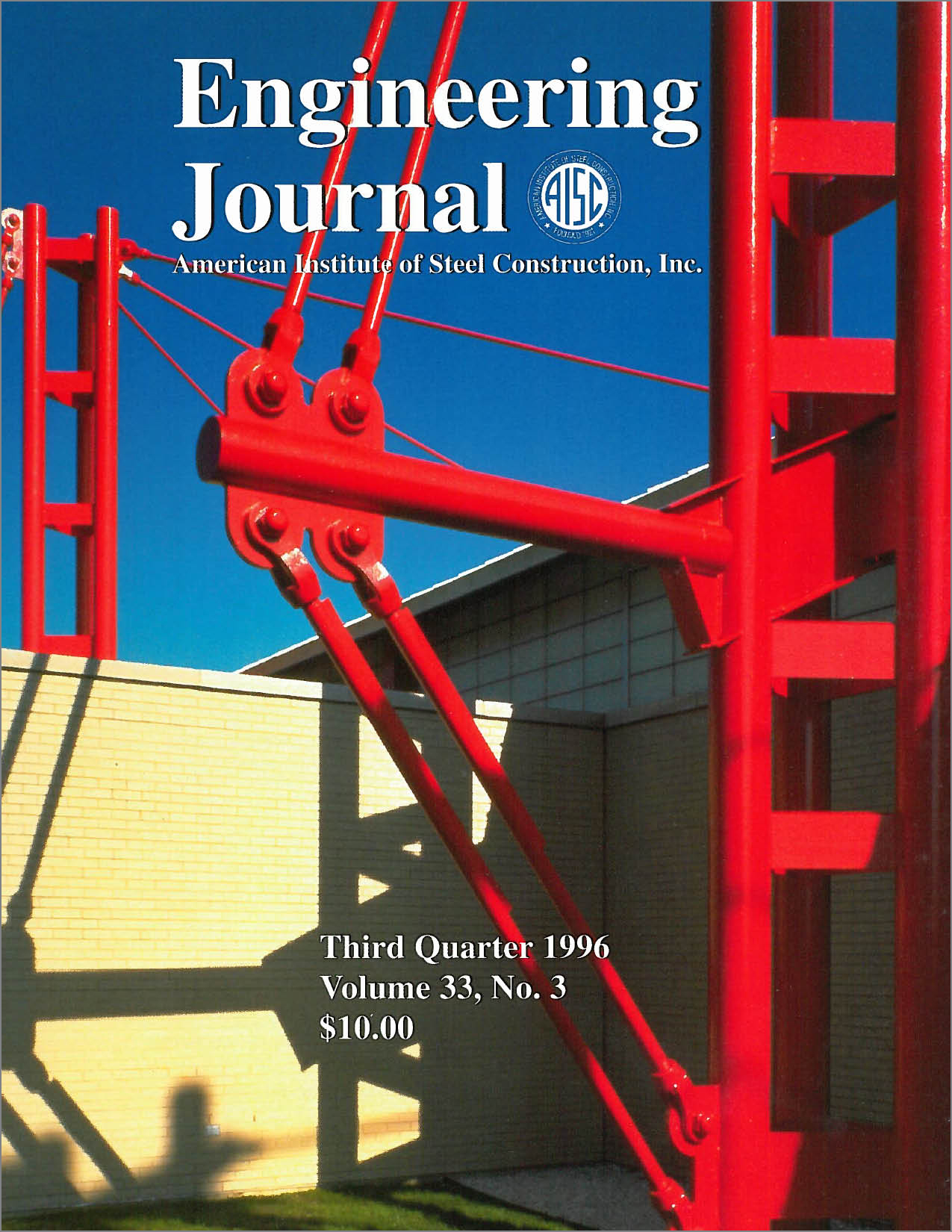Future Use of Composite Steel-Concrete Columns in Highway Bridges
DOI:
https://doi.org/10.62913/engj.v33i3.665Abstract
Modern seismic design practice of highway bridges tends to limit the inelastic activity during seismic events to the substructure of the bridge. This would limit the damage only in columns which had been designed and detailed to withstand significant inelastic activities. Inelasticity in the superstructure is not recommended in bridge engineering, because it is not feasible nor economical to allow damage to occur in that area. The recent seismic criteria for the design of reinforced concrete bridge columns as outlined in the first draft of Revised Caltrans Bridge Design Specification by the Applied Technology Council (ATC32), require a significant amount of steel to confine the concrete and to prevent buckling of longitudinal reinforcement. This amount of confinement steel tends to be excessive as was recently experienced during the design of the replacement structures in San Fernando Valley, California after the Northridge earthquake.9 Confinement of concrete columns using full steel jackets becomes a feasible design solution since the steel jacket would confine the concrete and also provides strength for the column. The use of Composite Steel and Concrete (CSC) columns in bridges have many advantages especially in high seismic zones. This type of column provide the structure with stiffness and ductility, which are required for the survival of any bridge during severe ground motion. In simple terms, the CSC columns are concrete filled tubular steel columns without any longitudinal or transverse reinforcement. The idea of having the steel and the concrete act compositely has been used successfully in the past for new and retrofit construction. The greatest advantage of this concept is that the two materials are put to their ultimate use. The steel jacket confines the concrete and provides the flexural strength for the system. The presence of the concrete delays steel problems in compression zones such as local and overall buckling and also provides stiffness for the column.

